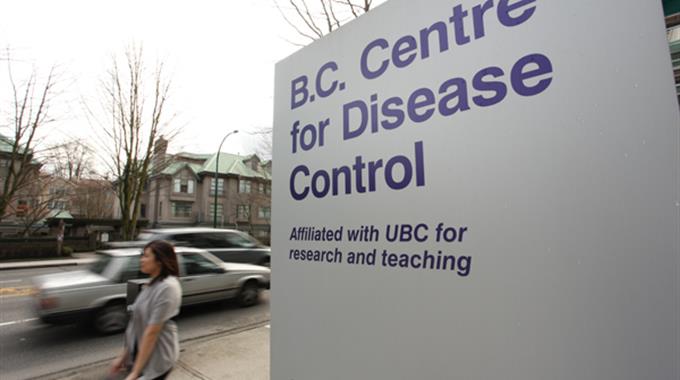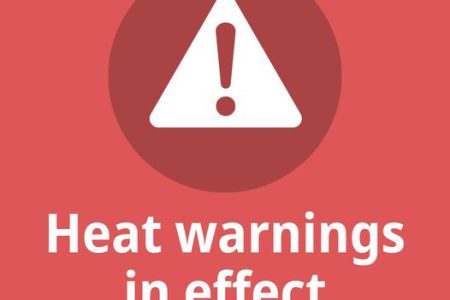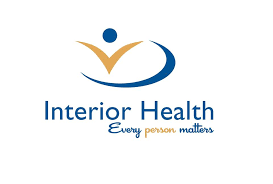New research shows more people knowingly use fentanyl, points to importance of comprehensive response to reduce risks
Fentanyl use by people who use drugs in B.C. has doubled since 2015, and two-thirds of people are aware they’ve taken it, finds new research from the BC Centre for Disease Control (BCCDC).
The findings point to the importance of taking comprehensive measures to reduce the risk for people who take the powerful opioid knowingly or unknowingly. The study is based on 2018 data collected from clients at harm reduction sites across B.C. and was published in the International Journal of Drug Policy. The study provides valuable insights into fentanyl use that will inform efforts to reduce overdoses and deaths in B.C. and beyond.
“This research shows the majority of people who use fentanyl know they’re doing so,” says Dr. Jane Buxton, BCCDC epidemiologist and harm reduction lead. “Making people who use drugs aware of the presence of fentanyl in the drug supply isn’t enough; we need harm reduction services, substance use treatment, overdose prevention resources, and pharmaceutical alternatives to the toxic drug supply to reduce the devastating impact of fentanyl and its analogues on our communities.”
Fentanyl is a synthetic opioid 50 to 100 times more powerful than morphine. According to preliminary data from the BC Coroner’s Service, fentanyl or its analogues such as carfentanil were found in 85 per cent of fatal overdose cases in 2019.
When fentanyl first appeared in the drug supply, many people took fentanyl unknowingly in the drugs they sought like heroin, counterfeit opioid tablets or other substances. Scientists and health care workers wanted to know whether this was still the case.
The study drew on data collected from 303 participants recruited from 27 harm reduction sites across B.C. The participants completed a brief survey on their drug use and provided a urine sample that researchers tested for fentanyl and other substances.
Sixty per cent of participants in 2018 had fentanyl detected in their urine, of these people, 64 per cent knew they had taken fentanyl. A similar study in 2015 found 29 per cent of participants tested positive for fentanyl, with only 27 per cent aware that they’d used it.
Researchers do not fully understand the factors that contribute to people knowingly taking fentanyl, but the reasons are varied. Some people may use fentanyl because they are aware it is present in most of the illicit supply of opioids and therefore have no other choice, while some may prefer the experience of taking fentanyl regardless of other options.
“This research lays groundwork that will help us learn more about why fentanyl use is increasing,”says Mohammad Karamouzian, PhD student at UBC’s School of Population and Public Health and a lead author of the study. “These findings will also contribute to more effective messaging campaigns and harm reduction strategies to help reduce preventable deaths and support the health of people who use substances, their families, and their communities.”
Quick facts
-
Other key findings from the study include:
- Recent fentanyl use was more common in people living in urban settings.
- People who used fentanyl were more likely to have also recently used heroin or crystal meth.
- Self-reported cannabis use was associated with reduced fentanyl use.
- The data for this study were collected at harm reduction sites that provide a range of services to people who use drugs including, but not limited to: condom distribution, needle and syringe distribution and take-home naloxone kits. There are approximately 375 of these facilities across BC.
- A study led by BCCDC in 2019showed the rapid expansion of harm reduction services (e.g., take home naloxone, opioid agonist therapy and overdose prevention sites) in response to B.C.’s overdose crisis averted more than 3,000 overdose deaths during a 20-month period in 2016-2017.
Learn More:
- The study was published in the International Journal of Drug Policy.
- Research Summary: Findings from the 2018 harm reduction client survey.
- BCCDC Harm Reduction Services: https://towardtheheart.com/
The BC Centre for Disease Control, a part of the Provincial Health Services Authority, provides public health leadership through surveillance, detection, treatment, prevention and consultation services. The Centre provides diagnostic and treatment services for people with diseases of public health importance, and analytical and policy support to all levels of government and health authorities. The BCCDC also provides health promotion and prevention services to reduce the burden of chronic disease, preventable injury and environmental health risks. For more, visit www.bccdc.ca or follow us on Twitter @CDCofBC.
The Provincial Health Services Authority plans, manages and evaluates selected specialty health care services across BC, working with the five regional health authorities, First Nations Health Authority and the Ministry of Health to deliver province-wide solutions that improve the health of British Columbians. For more information, visit www.phsa.caor follow us @PHSAofBC.


























Comments